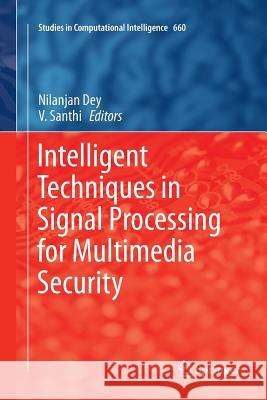Intelligent Techniques in Signal Processing for Multimedia Security » książka
topmenu
Intelligent Techniques in Signal Processing for Multimedia Security
ISBN-13: 9783319831374 / Angielski / Miękka / 2018 / 485 str.
Kategorie:
Kategorie BISAC:
Wydawca:
Springer
Seria wydawnicza:
Język:
Angielski
ISBN-13:
9783319831374
Rok wydania:
2018
Wydanie:
Softcover Repri
Ilość stron:
485
Waga:
0.68 kg
Wymiary:
23.39 x 15.6 x 2.54
Oprawa:
Miękka
Wolumenów:
01
Dodatkowe informacje:
Wydanie ilustrowane











